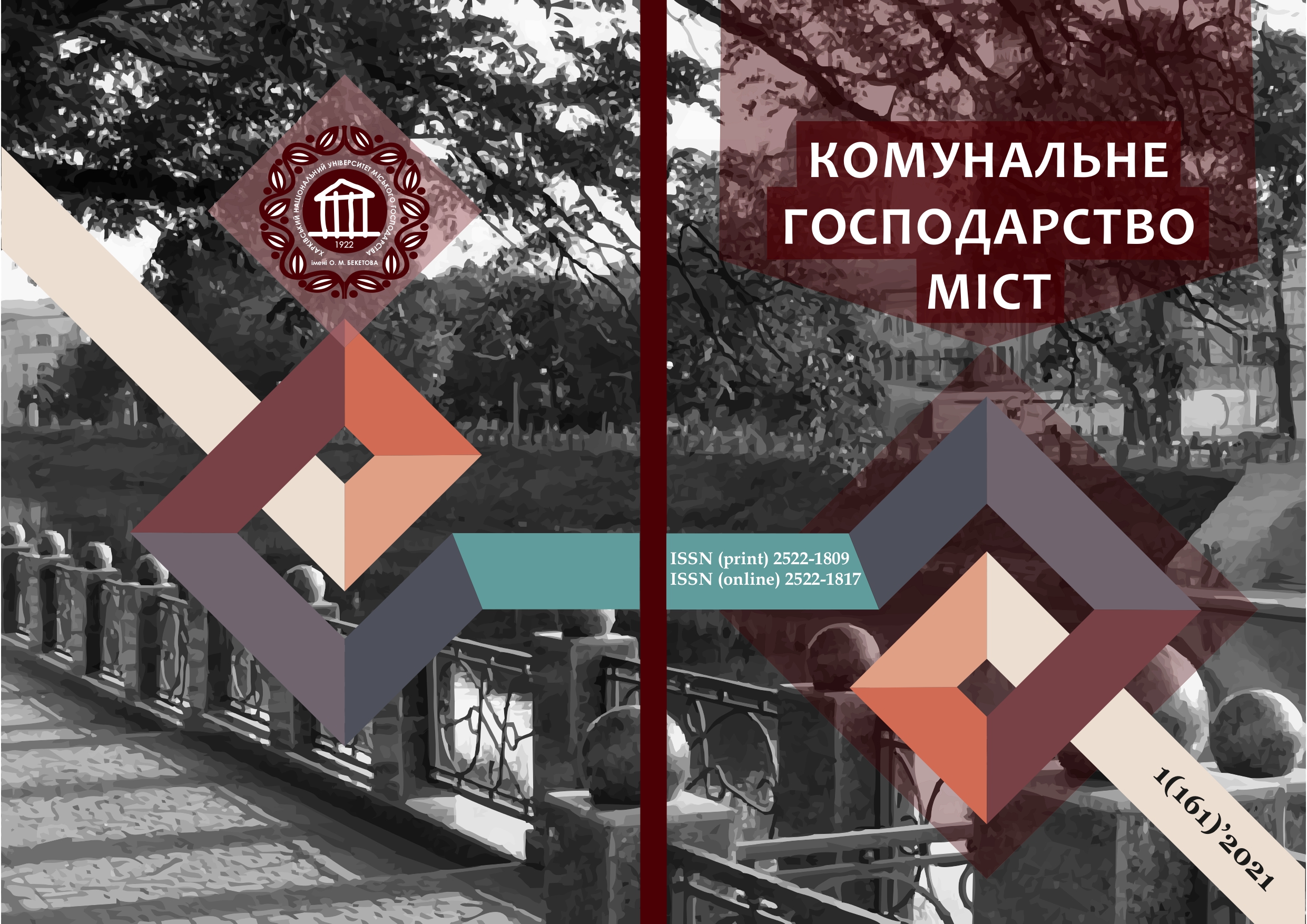ABOUT DYNAMIC CIRCADE LIGHTING
Array
Keywords:
circadian rhythm, light design, lighting scenario, dynamic lighting, LED, human-centered lighting, correlated color temperature, non-visual biological effect.Abstract
The issues of light non-visual influence on the human body during the work of office workers and students of educational institutions are considered. The necessity of creating a high-quality lighting environment of educational premises and offices by means of the corresponding dynamic lighting scenario taking into account non-visual effects of visible light is substantiated. The necessity of light levels revision of on working surfaces taking into account circadian effects is shown. The rapid development and increasing growth of LED lighting, which allows to obtain dynamic light scenes, as well as progress in knowledge of physiological mechanisms that regulate circadian rhythms, and their relationship with light stimuli allows to implement really high quality artificial lighting. The light environment not only affects the visual characteristics, but also has a significant impact on people through the so-called non-visual effects or those that do not form images (BOZ-effects) - mood, vivacity, circadian rhythms and more. It is important to combine visual and non-visual requirements with innovative lighting systems. Circadian lighting should always be evaluated at eye level, in the typical location of human existence in a specific internal environment. The improved lighting scenario involves synchronizing the light with the activity and circadian rhythms of consumers over a 24-hour cycle. Lighting in the auditoriums of educational institutions should meet the necessary visual requirements and create comfort for pupils and students. Audience lighting can be more efficient than lighting dynamics or dynamic lighting levels and color temperature. Automatic lighting control, which depends on the dynamics of daylight and should usually be built into the smart installation of dynamic lighting, should be a must.
References
2. Hubalek S et al (2010) Office workers daily exposure to light and its influence on sleep quality and mood. Lighting research and Technology 42 : 33-50.
3. Smolders KCHJ, De Kort YAW, Van Den Berg SM (2013) Daytime light exposure and feelings of vitality/ Results of a field study during regular weekdays. Journal of Environmental Psychology 36: 270-279.
4. Figueiro MG, Rea MS (2016) Office lighting and personal light exposures in two seasons: impact on sleep and mood. Lighting research and Technology 48 : 52-64.
5. Stampi C (ed) (1992) Why we nap; evolution, chronobiology, functions of polyphasic and ultrashort sleep. Springer Science Business Media, New York.
6. Takahashi M et al (2004) Post-lunch nap as a worksite intervention to promote alertness on the job. Ergonomics 47 : 1003-1013.
7. Kaida K et al (2013) The effects of short afternoon nap and bright light on task switching performance and error-related negativity. Sleep Biological Rhythms 11: 125-134.
8. Novotny P, Fischke H (2014) Lighting for health and well-being in education, work places, nursing homes, domestic application and smart cities. SSL-erate consortium, Brussels, Belgium.
9. Mott MS, Robinson DH, Walden A, Burnette J, Rutherford AS (2012) Illuminating the effects of dynamic lighting on student learning. SAGE Open 2 : 1-9.
10. Wohlfarth K, Sam C (1981) The effects of color/lighting changes on severely handicapped children. Planning and Research Branch. Alberta education.
11. Cranguard EM (1993) Effects of color and light on selected elementary students. Dissertation University of Nevada, Las Vegas.
12. Winterbottom M, Wilkins A (2009) Lighting and discomfort in the classroom. Journal of Environmental Psychology 29 : 63-75.
13. Figueiro MG, Rea MS (2010) Lack of short-wavelength light during school day delays dim light melatonin onset (Dimo) in middle school students. Neuro Endocrinol Lett 31 : 92-96.
14. Goven T et al (2010) Influence of ambient light on the performance mood, endocrine systems and other factors of schoolchildren. Proceedings of the 27th Session of the CIE, Sun City.
15. Rautkyla E et al (2010) Effects of correlated colour temperature and timing of light exposure on daytime alertness. In lecture environments. J. Light Vis Env 34 : 59-68.
16. Barkmann C et al (2012) Applicability and efficacy of variable light in schools. Physiol Behav 105(3) : 621-627.
17. Sleegers PJC et al (2013) Lighting affects students
concentration positively : findings from three Dutch studies, Lighting research and Technology 45 : 159-175.
18. Keis O et al (2014) Influence of blue-enriched claasroom lighting on students cognitive performance. Trends Neuroscience Education 3 : 86-92.
19. Gentle N et al (2018) A field study of fluorescent and LED classroom lighting. Lighting research and Technology 50 : 631-651.
20. Morrow BL, Kanakri SM (2018) The impact of fluorescent and LED lighting on students attitudes and behavior in the classroom. Adv Pediatr Res 5 : 15.
Downloads
Published
How to Cite
Issue
Section
License
The authors who publish in this collection agree with the following terms:
• The authors reserve the right to authorship of their work and give the magazine the right to first publish this work under the terms of license CC BY-NC-ND 4.0 (with the Designation of Authorship - Non-Commercial - Without Derivatives 4.0 International), which allows others to freely distribute the published work with a mandatory reference to the authors of the original work and the first publication of the work in this magazine.
• Authors have the right to make independent extra-exclusive work agreements in the form in which they were published by this magazine (for example, posting work in an electronic repository of an institution or publishing as part of a monograph), provided that the link to the first publication of the work in this journal is maintained. .
• Journal policy allows and encourages the publication of manuscripts on the Internet (for example, in institutions' repositories or on personal websites), both before the publication of this manuscript and during its editorial work, as it contributes to the emergence of productive scientific discussion and positively affects the efficiency and dynamics of the citation of the published work (see The Effect of Open Access).

